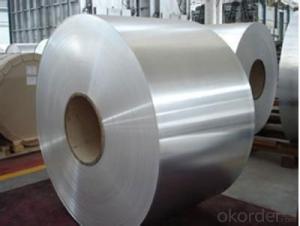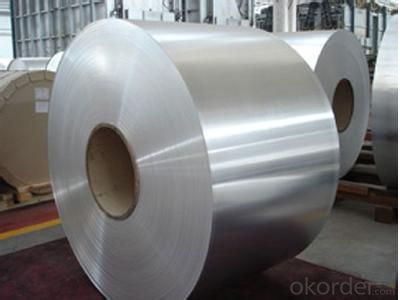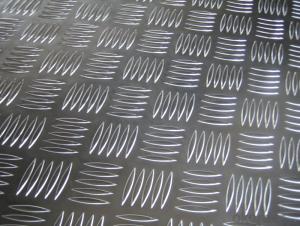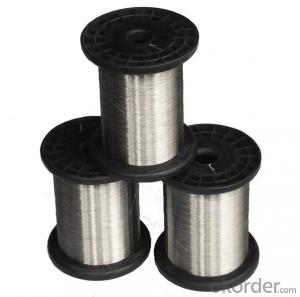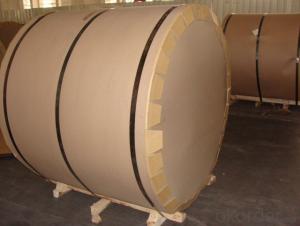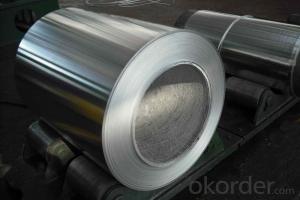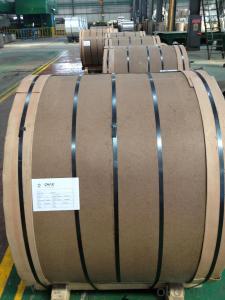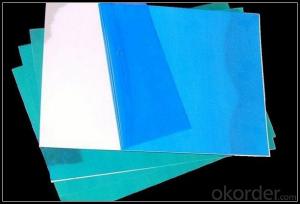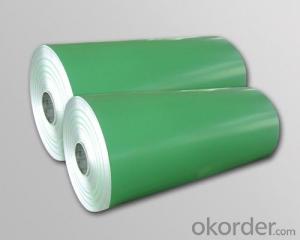Aluminum Copper Sheets - Aluminium Coils AA1100 for Manufacturing Coated Coils
- Loading Port:
- Shanghai
- Payment Terms:
- TT OR LC
- Min Order Qty:
- 3 m.t.
- Supply Capability:
- 10000 m.t./month
OKorder Service Pledge
OKorder Financial Service
You Might Also Like
Specification
1.Structure of Aluminium Coils AA1100 for Manufacturing Coated Coils Description
The aluminum content of Aluminium Coils AA1100 for Manufacturing Coated Coils is 99% at least. It has great ductility, heat conductivity, anti-corrosion and moisture resistance properties.
Aluminium Coils AA1100 for Manufacturing Coated Coils is widely used for electronics, instruments, lighting decoration, packing industry, house decoration, curtain wall, honeycomb-core panel, sandwich panel, aluminum composite panel and aluminum composite pipes.
2.Main Features of the Aluminium Coils AA1100 for Manufacturing Coated Coils
• Superior quality of raw material
• Reasonable and stable chemical composition
• Accurate tolerance
• Goode mechanical property
3.Aluminium Coils AA1100 for Manufacturing Coated Coils Images
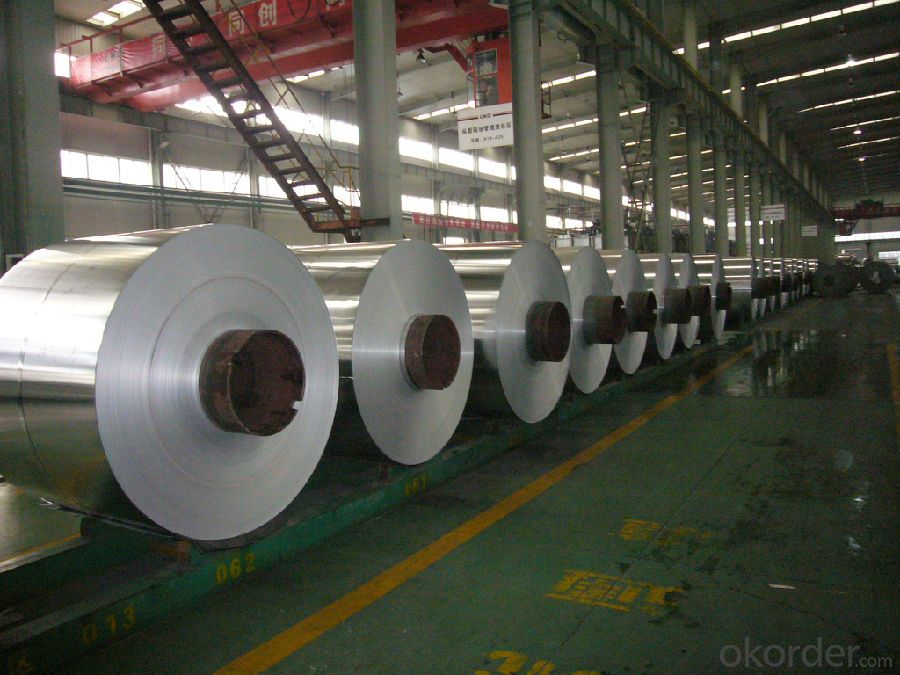
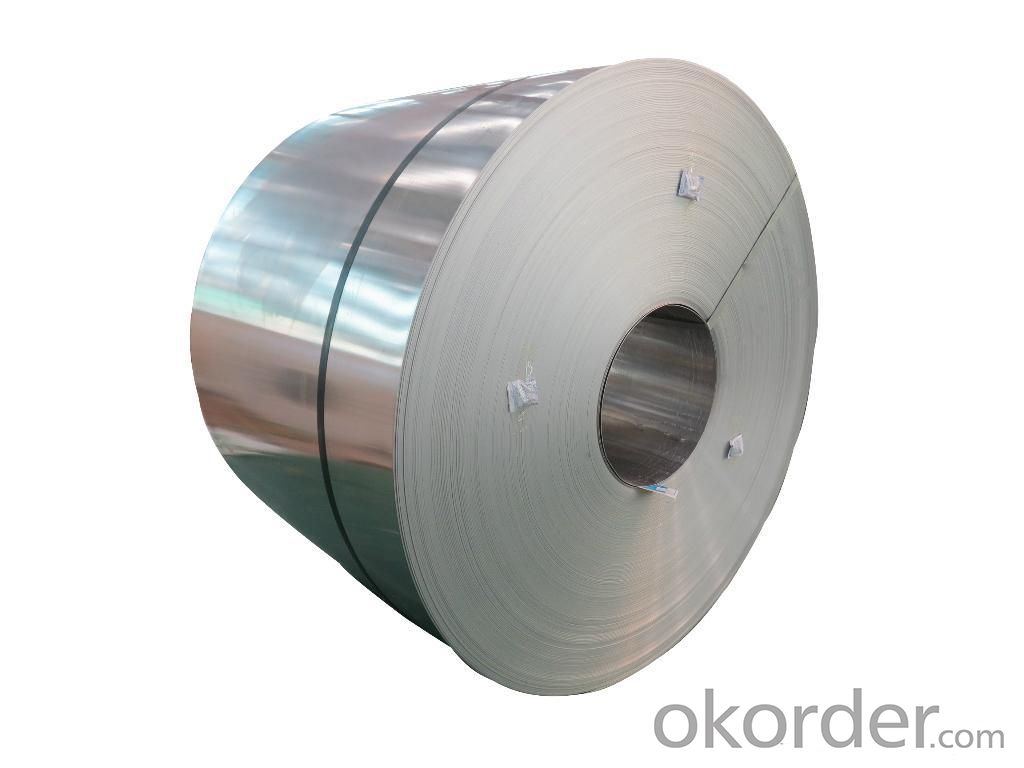
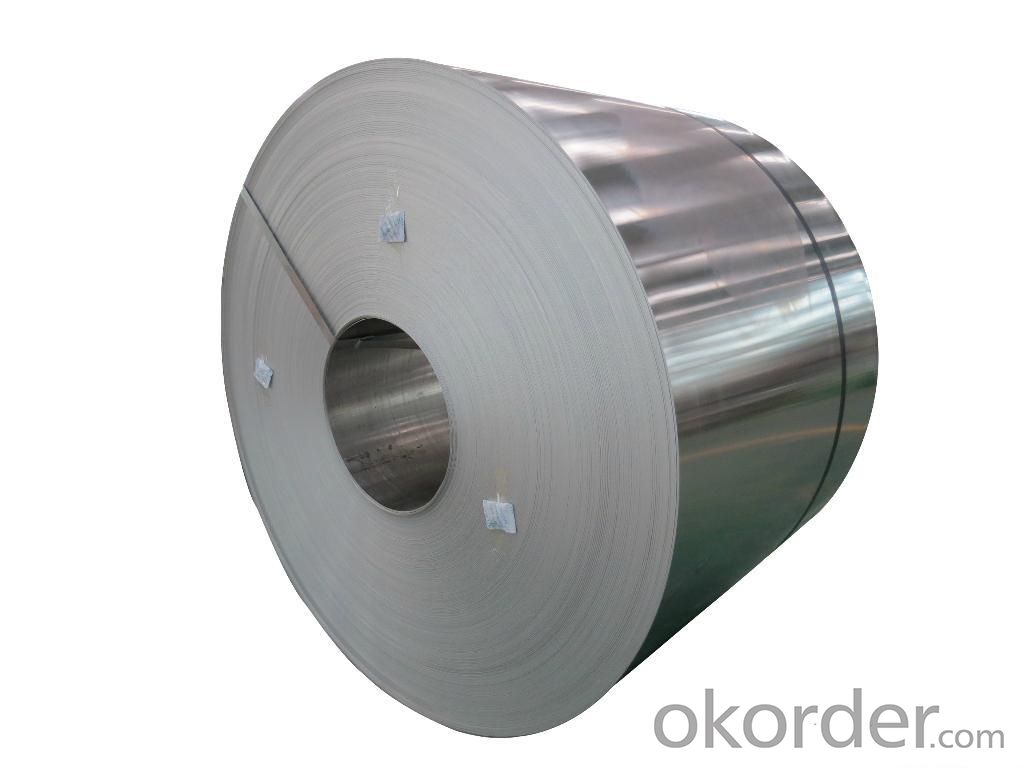
4.Aluminium Coils AA1100 for Manufacturing Coated Coils Specification
Alloy | AA1xxx (AA1050, AA1060, AA1070, AA1100 etc. |
Temper | H14, H16, H18, H22, H24, H26, H32, O/F |
Thickness | 0.2mm -- 100mm |
Width | 30mm -- 1700mm |
Standard | GB/T 3880-2006,EN,ASTM,JIS |
5. FAQ of Aluminium Coils AA1100 for Manufacturing Coated Coils
A.How to guarantee the quality?
Customers are welcome to our mill to visit and check the products. Besides, we can arrange a third party to test Aluminium Coils AA1100 for Manufacturing Coated Coils products.
B.When will you deliver the products?
Aluminium Coils AA1100 for Manufacturing Coated Coils will be delivered within 35 days after receiving advanced payment or original L/C.
- Q: Explain the distinctions between aluminum sheets and aluminum foil in terms of thickness, uses, and properties.
- <p>Aluminum sheets and aluminum foil are both made from aluminum but differ in thickness and applications. Aluminum sheets are thicker and more rigid, typically used for construction, manufacturing, and as a packaging material. They offer better strength and durability. Aluminum foil, on the other hand, is very thin and flexible, commonly used for food packaging, cooking, and insulation. It's lightweight and has excellent heat and light reflection properties. Aluminum sheets are often anodized or coated for additional properties, while foil is valued for its purity and malleability.</p>
- Q: What are the different methods for perforating aluminum sheets?
- Aluminum sheets can be perforated using a variety of methods, each with its own advantages and applications. The most common methods include: 1. Punching: Traditional and cost-effective, punching involves using a punch and die set to create holes in the aluminum. This method is efficient for simple hole patterns and is commonly used in the automotive and construction industries. 2. Laser cutting: Precise and versatile, laser cutting uses a high-powered laser beam to vaporize or melt the metal, creating intricate and complex hole patterns. It is highly accurate and fast, suitable for decorative and functional perforations. 3. Waterjet cutting: Another popular method, waterjet cutting uses a jet of high-pressure water mixed with abrasive materials to erode the metal and create holes. It is known for its ability to cut through thick aluminum sheets and produce clean edges. Commonly used in aerospace and architecture. 4. Rotary perforating: This method involves using a rotating cylindrical tool with sharp blades or teeth to perforate the aluminum. It is ideal for continuous perforations or patterns with curved or irregular hole shapes. Commonly used in filtration systems and acoustic panels. 5. Pressing: Also known as embossing or stamping, pressing involves pressing a patterned die into the aluminum to create raised or sunken areas. These areas can act as perforations, providing aesthetic appeal or functional applications. Hydraulic or mechanical presses are used, commonly in architecture and interior design. It's important to consider factors such as desired hole pattern, material thickness, production volume, and budget when choosing a perforation method. Consulting with a perforation specialist can help determine the most suitable method for a specific application.
- Q: how many aluminum ions are present?how many chloride ions are present?what is the mass in grams of one molecule of aluminum chloride?help! i have no clue how to do this i need to know how for my quiz!!!
- You have to remember Avogadro's number: 6.02 x 10^23 Read about it in your text book. It is the number of molecules of any atom that make up 1 mole. 1 mole of a molecule is equal to it's atomic weight in grams. So, the atomic weight of aluminum is 26.9. So, 26.9 grams of aluminum contains exactly 6.02 x 10^23 molecules of aluminum (or 1 mole). What's the molecular weight of aluminum chloride? Well, 26.9 + 3(35.5) = 133.4 the 35.5 is the molecular weight of chloride and there are 3 of them. So, 133.4 grams of aluminum chloride would be 6.02 x 10^23 molecules. We only have 37.2 g. 37.2 g/ 133.4 g per mole = 0.279 moles. 0.279 moles x (6.02 x 10^23 molecules/mole) = 1.68 x 10^23 molecules of aluminum chloride. So, since there is one aluminum per molecule, you have your answer. Just multiply by three to find out how many molecules of chloride are present. Finally, if 133.4g = 6.02 x 10^23 molecules, then 1 molecule = 133.4 / 6.02x10^23 = 22.16 x 10^-23 or 2.216 x 10^-22 Make sure that the periodic table you use for class has the same values (some tables are more simplified then others). Also, make sure that you use the correct number of scientific digits when calculating your answer.
- Q: Okay, so i swallowed some aluminum foil like the size of a quarter from my fruit rollup wrapper, ha don't ask why? but my stomach KINDA hurts right now...like 2 minutes later.. Could this have done any damage to me.?
- lol... You should be fine. But it may hurt a little coming out the other end? I don't know. One thing I do know: I swallowed a penny when I was a child and never had any trouble.
- Q: How would you write the formula for aluminum sulfate and calcium chloride?
- AlSO4 CaCl
- Q: Are aluminum sheets suitable for chemical storage applications?
- Yes, aluminum sheets are suitable for chemical storage applications. Aluminum is known for its excellent corrosion resistance, making it ideal for storing a wide range of chemicals. It forms a naturally occurring oxide layer on its surface, which provides a protective barrier against moisture and chemicals. Additionally, aluminum sheets are lightweight and easy to handle, making them convenient for storage purposes. However, it is essential to consider the specific chemical being stored and consult with experts to ensure compatibility with aluminum. Some highly corrosive or reactive chemicals may require alternative storage materials.
- Q: This question asks about the expected duration or service life of aluminum siding or cladding used in construction.
- <p>The lifespan of aluminum siding or cladding typically ranges from 20 to 50 years, depending on the quality of the material, installation, and environmental conditions. High-quality aluminum siding, when properly maintained and installed, can last up to 50 years. It is resistant to rust and decay, making it a durable choice for exterior cladding. However, factors such as extreme weather conditions, poor installation, and lack of maintenance can reduce its lifespan.</p>
- Q: Can aluminum sheets be used for cryogenic applications?
- Aluminum sheets are indeed applicable for cryogenic purposes. Their suitability arises from their commendable thermal conductivity and low density. These qualities enable them to endure exceedingly low temperatures without succumbing to brittleness or compromising their mechanical attributes. Furthermore, aluminum exhibits non-magnetic properties and exceptional resistance to corrosion, rendering it highly significant in cryogenic applications. Nevertheless, it is crucial to meticulously choose the appropriate alloy and thickness of the aluminum sheet, considering the precise cryogenic temperature and intended use, to guarantee optimal performance.
- Q: Can aluminum sheets be used for roof flashing?
- Yes, aluminum sheets can be used for roof flashing. Aluminum is a popular choice for roof flashing due to its durability, corrosion resistance, and lightweight properties. It provides a reliable barrier against water penetration and helps to redirect water away from vulnerable areas on the roof, such as valleys and chimneys. Additionally, aluminum flashing is relatively easy to install and maintain, making it a practical choice for roof flashing purposes.
- Q: This question asks for a method to measure the thickness of an aluminum sheet.
- <p>To determine the thickness of an aluminum sheet, you can use a micrometer or a caliper, which are precise measuring tools. Place the sheet on a flat surface and measure from one side to the other at multiple points to account for any inconsistencies. Alternatively, you can use an ultrasonic thickness gauge, which is especially useful for non-contact measurements. For a quick estimate, a simple ruler can give you a rough idea, but for high precision, specialized tools are necessary. Always ensure the measuring device is calibrated and used correctly to get accurate results.</p>
Send your message to us
Aluminum Copper Sheets - Aluminium Coils AA1100 for Manufacturing Coated Coils
- Loading Port:
- Shanghai
- Payment Terms:
- TT OR LC
- Min Order Qty:
- 3 m.t.
- Supply Capability:
- 10000 m.t./month
OKorder Service Pledge
OKorder Financial Service
Similar products
Hot products
Hot Searches
Related keywords
